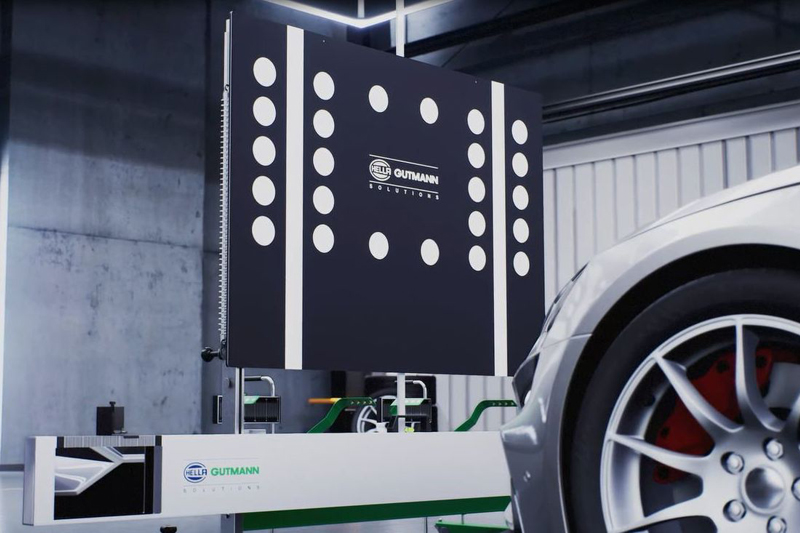
Hella Gutmann Solutions (HGS) has welcomed Thatcham’s Insurance Industry Requirements for ADAS calibration following vehicle repair.
31st March 2021 is the final date for the service and repair sector to comply with the long awaited Insurance Industry Requirements (IIR) for the safe repair of advanced driver assistance system (ADAS) equipped vehicles.
This means that from that date, the UK Insurance Industry, which counts the majority of the country’s prominent insurance companies as its members, requires businesses repairing the vehicles that they collectively insure, to adhere to the vehicle manufacturer (VM) standards for safe ADAS repair.
HGS, a longstanding advocate for the introduction of industrywide recognised standards and a stakeholder alongside Thatcham Research in the realisation of the IIR, has welcomed the implementation as a victory for not only those businesses that prioritise the safety of their customers, but for common sense.
Head of HGS, Neil Hilton, said: “As the pioneers of ADAS calibration equipment for the aftermarket and an established partner of Thatcham Research, the implementation of the IIR is fantastic news for the whole repair sector.
“Such is the market leading reputation of the HGS Camera and Sensor Calibration or CSC-Tool, which was introduced in 2012, that most of the industry’s early adopters, including Thatcham Research itself, trust in the accuracy of the award-winning solution.
“Despite an increase in alternative options, the majority of workshops recognise our developmental credentials and pedigree, acknowledging that we still lead the market in ADAS calibration technology. Being in this position also means we are able to respond to their needs and add to and modify our tools to address them quickly.”
Returning to the IIR, it stipulates that technicians must consider the inspection, realignment and calibration requirements in all situations where any of the following is included within the repair, service or maintenance procedure:
- ADAS sensors
- Parts likely to affect the operation and functionality of ADAS sensors
- Vehicle geometry
Once these systems have been identified, the repairer should:
- Identify the presence, or not, of ADAS on the vehicle and ensure this is recorded
- Where ADAS are present, ensure repair procedures clearly identify if inspection, realignment and calibration are required and why
- Complete all relevant inspection, realignment and calibration activities as detailed within the repair procedures
- Inspection, calibration, realignment and road tests shall be carried out by a currently competent person
- Ensure the calibration results confirm that the sensors are functioning within the vehicle manufacturer’s technical specification
- Produce fully verifiable and auditable records and provide a copy to the asset owner/work provider
- The IIR, its full accompanying guidance and more information can be found here.
Neil: “It is clear that under the terms of the IIR, the responsibility to ensure that the vehicle’s ADAS equipment is functioning correctly does not lie with the vehicle’s owner or the VM that originally incorporated them, but with the workshop that carries out any work that will in any way affect the ADAS functionality.
“However, equipped with the HGS CSC-Tool/SE and following our IMI accredited training, the independent workshop is fully prepared to tackle this work with complete confidence, and benefit from the considerable rewards that ADAS technology also makes possible.”









